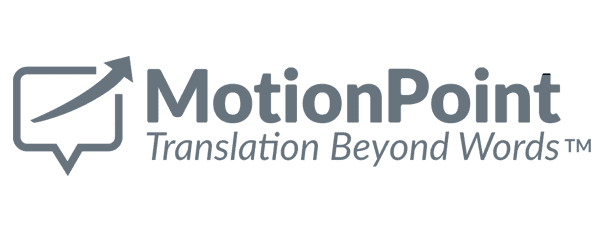




Most leading Content Management Systems offer multilingual capabilities, which empower companies to engage online multilingual and international customers in their preferred languages.
These platforms do a great job of managing website pages and providing other conveniences. But they often have limitations that require more time, effort and expense to manage than expected.
One of the key contributors to this extra effort and cost are CMS connectors. These common digital tools enable content to be translated and published on localized websites. In many use cases, however, connectors rarely work as advertised.
Voici pourquoi.
En général, les CMS ne possèdent pas de fonctionnalité intégrée permettant la traduction du contenu d'un site Web. Companies require additional technology to translate this material.
This is where CMS connectors come in. Connectors are designed to simplify the process of exporting website content to translation vendors. Ils fluidifient également le processus d'importation et de déploiement de ces traductions au niveau des sites multilingues.
Le problème réside dans le fait que ces connecteurs sont souvent coûteux à l'achat et qu'ils nécessitent un travail de développement au niveau du déploiement et au quotidien.
Firstly, CMS connectors from translation vendors can cost thousands of dollars, so choosing the right vendor is a major commitment from the get-go. But even after this pricey acquisition, it’s uncommon for connectors to work “right out of the box.”
Companies frequently need their IT teams to customize the integration of a connector with their CMS. Additional development is also required when CMS providers update their platforms. Connectors often "break" after updates, disrupting translation workflows.
It’s common for companies to mitigate localization costs by applying a combination of human translation and automated machine translation throughout a website.
A common example is using high-quality human translation for branded, nuanced content and conversion funnels, and cheaper machine translation for high-volume content like product descriptions.
Unfortunately, connectors often struggle to elegantly manage this type of granular control. For companies using a multilingual CMS, using specific translation types on certain pages may be difficult or impossible.
Launching a multilingual website is a deadline-driven project. Businesses that lack the expertise and technical bandwidth to continually tend to a CMS connector may find themselves struggling to meet project milestones.
Connector management tasks, such as maintaining functionality and fixing it when it breaks, often pull IT teams away from their core responsibilities and slows a company’s speed to market.
There’s a cure for these, and other, connector issues.
The proxy-based approach to website translation leverages the code and content of your origin website, making it easy to translate, deploy, and continuously operate multilingual versions. It’s widely considered the most elegant approach for most organizations.
Proxy-based translation solutions don’t need an investment in connectors—because they require zero integration with a connector to work. The best proxy solutions take around five hours of IT effort (or less) to deploy, and no ongoing effort to operate.
This technology-independent approach grants you the freedom to use any CMS, and allows you to redesign your website or migrate to another CMS without compromising the performance of your multilingual websites.
You also never have to worry about connectors breaking when you update your CMS or decide to make changes to your technology stack.
A proxy translation solution also offers more granular flexibility in using different levels of translation. With leading solutions, companies are free to apply human, machine or hybrid translation on individual website sections, individual pages or even sections of pages, striking a balance between translation quality and cost.
Further, connectors can only facilitate translations for the content its CMS manages. But what about the vast content that "lives" beyond a conventional CMS?
Most sites use single-page applications powered by React and other frameworks, and leverage dynamic content via XML and JSON. They may also present content stored on external databases, or use third-party content.
These translations can't be managed with a connector. Superior proxy solutions, however, can easily localize these complex, content-rich experiences.
The ongoing operational speedbumps that connectors create can be eliminated with proxy solutions. Fully turn-key solutions provide all the technology, personnel and expertise required to launch and operate multilingual websites.
This frees your teams from managing, developing or customizing connectors, and expedites your time to market. Superior solutions can launch translated websites in as few as 30 days, and can deliver translations in about one business day for new content after launch.
Organizations that select a superior proxy translation approach over a connector spend less money, time and IT effort on localizing their digital customer experience for global customers.
These solutions can get companies into multilingual and international markets fast, without becoming bogged down by development work. With the proxy handling the launch and ongoing operation of multilingual websites, your personnel can focus on what matters most: creating superior products and services for all customers, no matter where they might live.